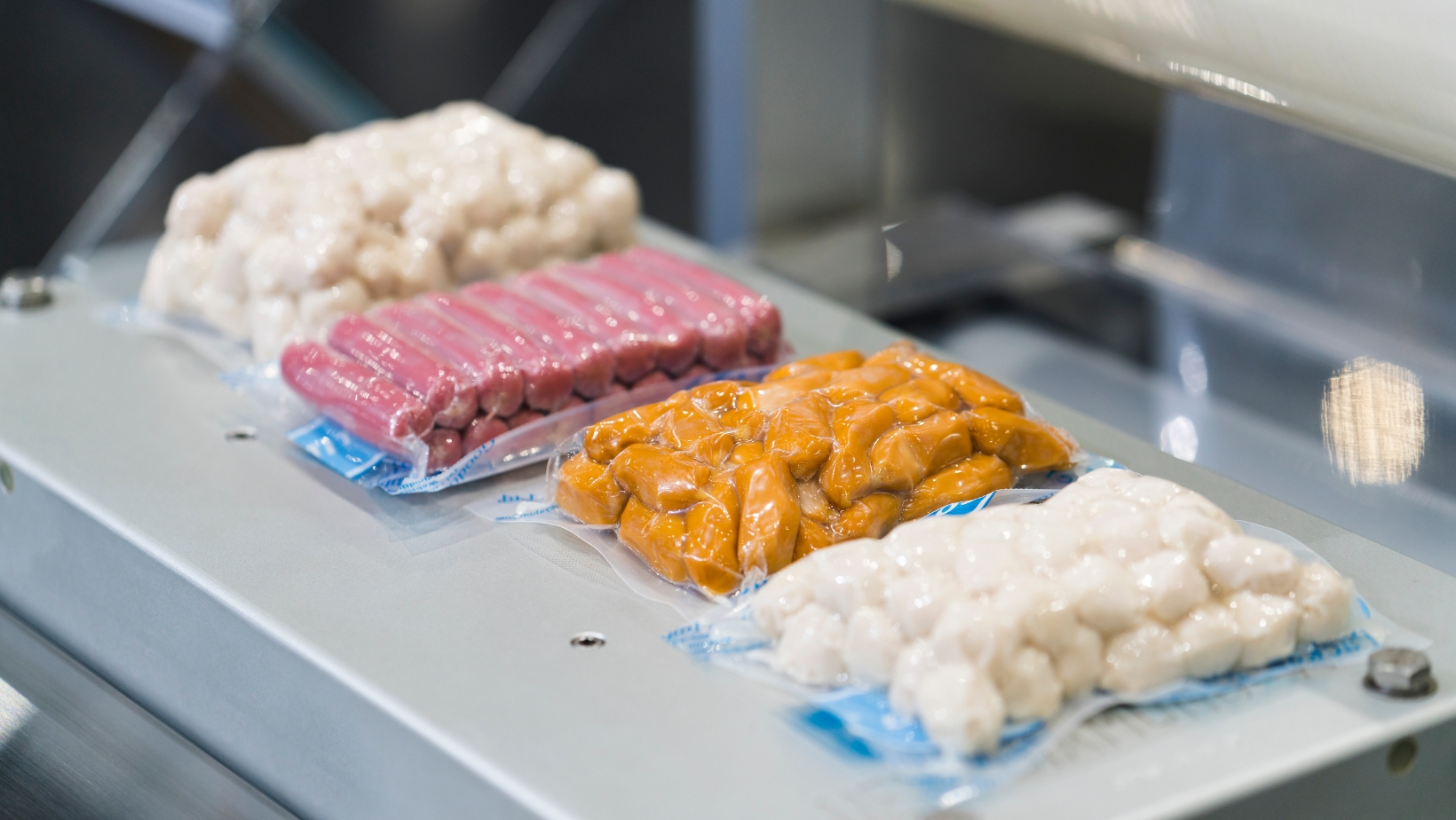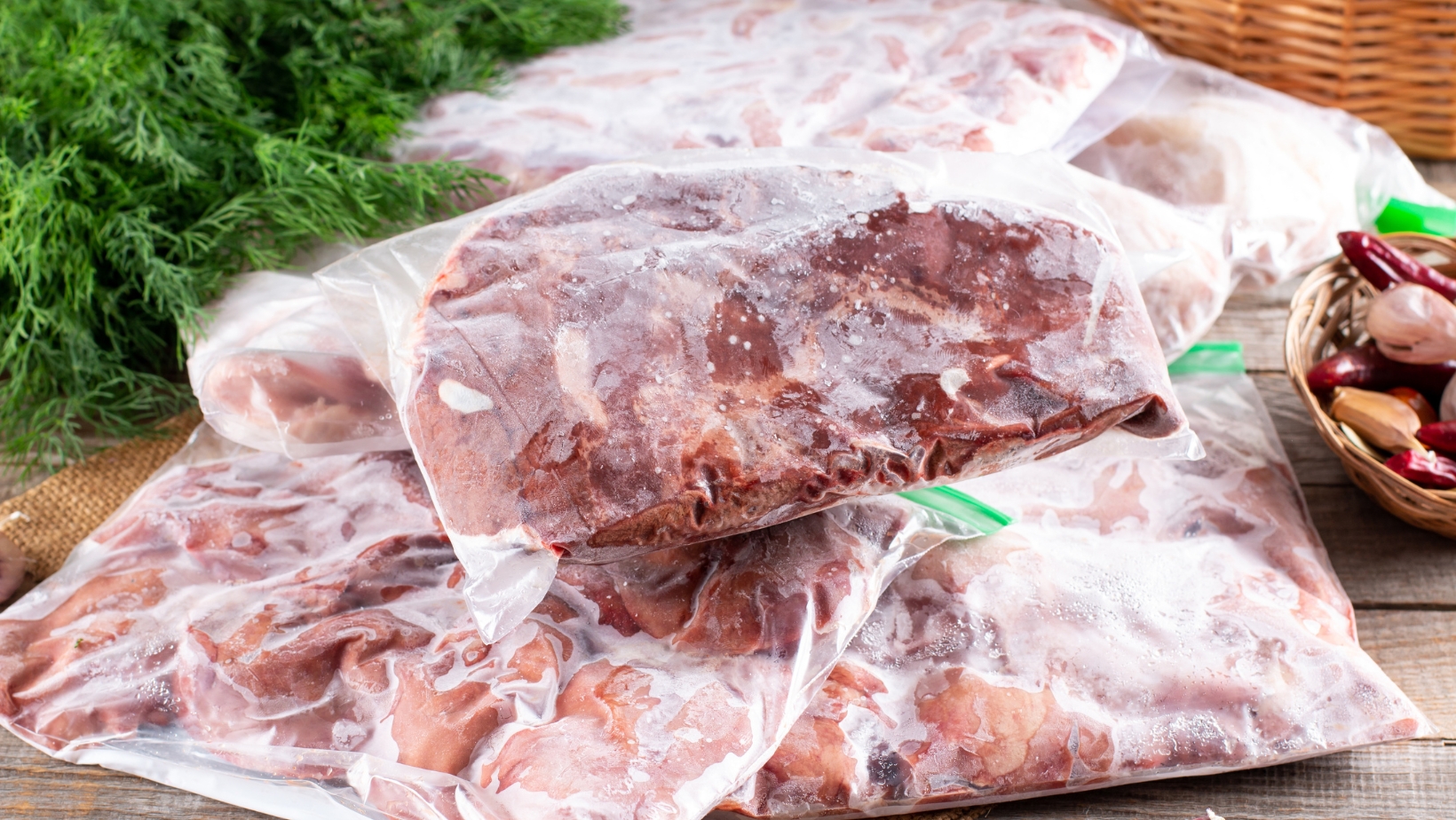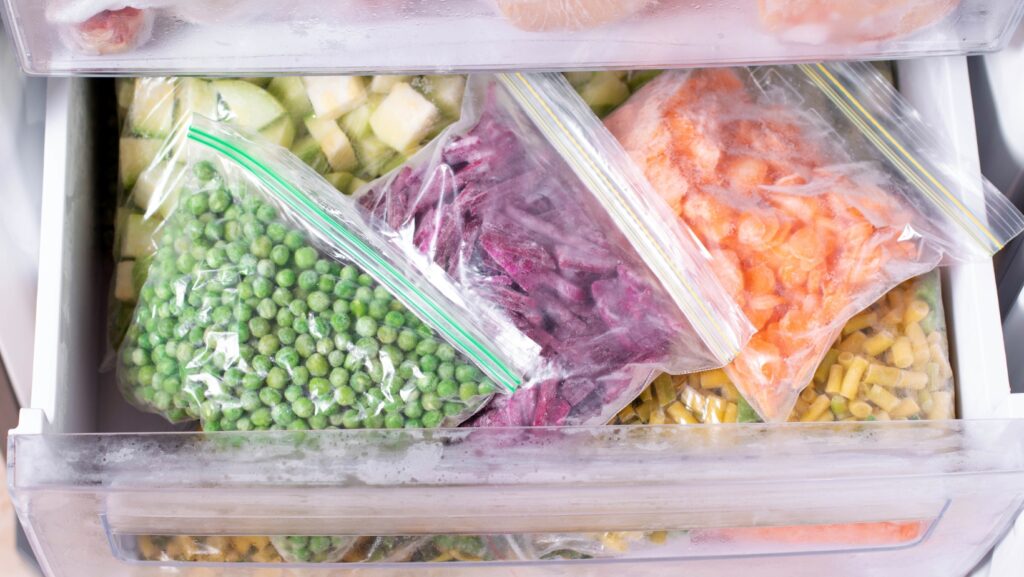Food manufacturers handling frozen products often worry about operational efficiency and product quality when using accumulation tables in their production lines. Can accumulation tables handle frozen food packages without condensation issues?
Yes, accumulation tables can handle frozen food packages, but condensation will occur when frozen packages (-0°F to 32°F) are exposed to ambient temperatures and humidity levels typical in processing facilities.
While this answer may seem discouraging, it’s essential to continue reading to learn about practical solutions and design considerations that can help minimize condensation issues and maintain efficient production when handling frozen packages on accumulation tables.
How Can Manufacturers Minimize Condensation On Accumulation Tables?
Several practical solutions can help reduce condensation when handling frozen packages. First, installing environmental controls around the accumulation area, such as dehumidification systems or air curtains, can significantly reduce moisture in the air. Additionally, implementing proper insulation and temperature-controlled zones can create a gradual transition between frozen and ambient environments.
Another practical approach is to minimize the time packages spend on accumulation tables. This can be achieved through optimized line balancing and efficient production scheduling. Some facilities also use specialized non-stick or hydrophobic surface treatments on accumulation tables to prevent water droplets from forming and affecting package movement.
What Type Of Accumulation Table Design Works Perfect For Frozen Products?
The most effective accumulation tables for frozen products feature stainless steel construction with specialized coatings or treatments. These tables often incorporate raised rails or roller designs that minimize surface contact with packages, reducing heat transfer and condensation build-up. Some advanced designs also include built-in cooling systems or temperature-maintained surfaces.

Tables with adequate drainage systems and sloped surfaces help manage any condensation that does occur, preventing water accumulation that could affect package movement or create safety hazards.
How Does Condensation Impact Package Labeling And Coding?
Condensation can significantly affect label adhesion and code readability on frozen packages. When moisture forms on package surfaces, labels may fail to adhere properly or become damaged during accumulation. Similarly, inkjet codes may smear or become illegible when exposed to condensation.
To address these challenges, manufacturers should consider using moisture-resistant labels and specialized inks designed for cold, wet conditions. Additionally, ensuring packages are adequately dried and coded before entering the accumulation area can help maintain label and code integrity throughout production.
What Are The Food Safety Implications Of Condensation On Accumulation Tables?
Condensation in food processing environments can create potential food safety risks that must be carefully managed. When water droplets form on surfaces or equipment, they can create conditions favorable for bacterial growth. This is particularly concerning in areas where condensation might drip onto exposed products or packaging.
Regular cleaning and sanitization protocols should be explicitly implemented for accumulation tables handling frozen products to maintain food safety standards. Many facilities also incorporate UV sterilization systems or antimicrobial surfaces in these areas. Additionally, regular environmental monitoring should be conducted to ensure condensation doesn’t contribute to elevated microbial levels in the processing area.
Should Different Strategies Be Used For Various Types Of Frozen Packaging?
Different packaging materials and formats react differently to condensation challenges. For example, paperboard packages are more susceptible to moisture damage than plastic containers, while metalized films may experience different condensation patterns than clear films. The package size and thermal mass also affect how quickly condensation forms and dissipates.

Manufacturers should consider developing specific handling protocols based on their package types. This might include adjusting accumulation times, modifying table surfaces, or implementing different environmental controls depending on the packaging material being used. Some facilities even use separate accumulation lines for different package types to optimize handling conditions for each.
For heavier packages, the use of powered rollers or belt systems might be more appropriate than static accumulation surfaces, as these can help overcome the increased friction caused by condensation while handling weightier items. Lighter packages might benefit from air-assisted accumulation systems that minimize surface contact altogether.
Taking Action On Your Production Line
Before making any changes to your current accumulation system, conduct a thorough assessment of your specific frozen product handling needs by monitoring condensation levels and documenting problem areas during different seasons and production runs. This data will help you identify which solutions discussed in this article will be most effective for your operation, whether that’s environmental controls, surface modifications, or equipment redesign. Armed with this information, you can make targeted improvements that will significantly reduce condensation-related issues while maintaining production efficiency.



